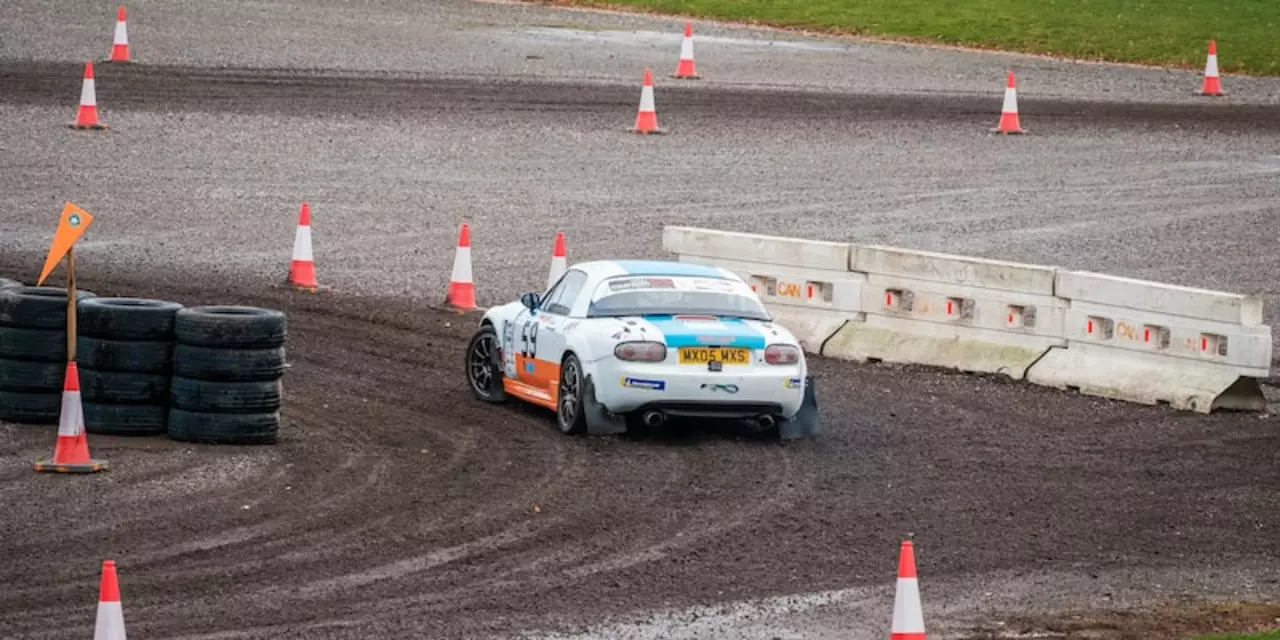Teen Rally Fans: Beginner Tips, Gear Guides, and Safety Basics
If you’re a teenager who loves the roar of engines and the splash of mud, rally racing can feel like the perfect playground. You don’t need a professional license to get started, just curiosity, a bit of gear, and the right mindset. In this guide we’ll break down why rally clicks with teens, what you need to join the scene, and how to stay safe while having a blast.
Why Rally Excites Teens
Rally mixes speed, skill, and scenery in a way that most sports don’t. One minute you’re cruising on a tight forest trail, the next you’re sliding around a gravel corner. The variety keeps the adrenaline up and the boredom down. Plus, rallies are community‑driven – you’ll meet other young drivers, share tips, and maybe even find a co‑pilot who’s the same age. That sense of belonging is a big draw for anyone looking for something beyond video games.
Getting Started: What You Need
First up, check the legal side. Most countries require a driver’s license for any motor sport, so if you’re under 18 you’ll need a parent’s permission or a youth program that offers supervision. Look for local car clubs or youth rally academies – they often run entry‑level events on closed courses where you can practice without risking public roads.
Next, gear up. You don’t have to buy a full‑blown race car right away. A reliable hatchback with decent handling works fine for learning. Essential safety gear includes a certified helmet, a snug racing suit, and a proper harness if the car has seat belts that can be upgraded. Many clubs lend gear for first‑timers, so ask before you spend big bucks.
Training is key. Start with basic car control: braking, steering, and throttle modulation. Hand‑brake techniques are a staple in rally, so practice pulling the hand‑brake while the car is moving slowly to feel the weight shift. Once you’re comfortable, try a few low‑speed “shuttle” runs on a closed course. This builds confidence without the pressure of full‑speed competition.
Don’t forget the co‑pilot. In rally, the co‑pilot reads pace notes that tell you what’s coming up – bends, jumps, surface changes. For a teen team, the co‑pilot can be a friend or a more experienced driver who volunteers. Learning the language of pace notes early makes the jump to faster stages smoother.
Finally, stay safe on and off the track. Always inspect the car before a run: check tire pressure, fluid levels, and brakes. Keep a first‑aid kit nearby and know the emergency contacts for the event. When you’re off the course, respect the road rules – rally skills don’t give you a free pass to drive recklessly on public streets.
Rally isn’t just about speed; it’s about learning to read the terrain, trust your partner, and improve a little each time you hit the stage. If you’re a teen looking for a sport that challenges both mind and body, rally offers a unique mix of thrills and community. Grab a helmet, find a local club, and start the journey – the next corner could be yours to conquer.

How do I start learning rally racing as a teen?
Rally racing can be an exciting and rewarding hobby for teens. To get started, teens should research local rally racing clubs and organizations and learn about the rules and regulations for the sport. Teens should also look for experienced coaches and mentors who can provide guidance and support. Additionally, teens should purchase all the necessary safety equipment and practice driving on courses that are similar to rally racing courses. Finally, teens should take advantage of any opportunities to observe and learn from experienced racers. With the right guidance and practice, teens can become skilled rally racers and enjoy the thrill of the sport.